LEFT
Knot of the Week
Term 4 : Week 3
Shear Lashing
Shear Lashing is a knot used to bind two poles together. It is also useful as a solution to repair or reinforce a broken pole, add a section of reinforcement to strengthen a weak pole or to create an A-frame by spreading the two poles apart after the knot is completed.

Term 4 : Week 2
Square Lashing
Square Lashing is a knot used to bind two poles together, usually but not necessarily, at right angles. This lashing can be used in load bearing situations and thus can be used to build anything from chairs, an emergency stretcher, a bed, a ladder, even a bridge!
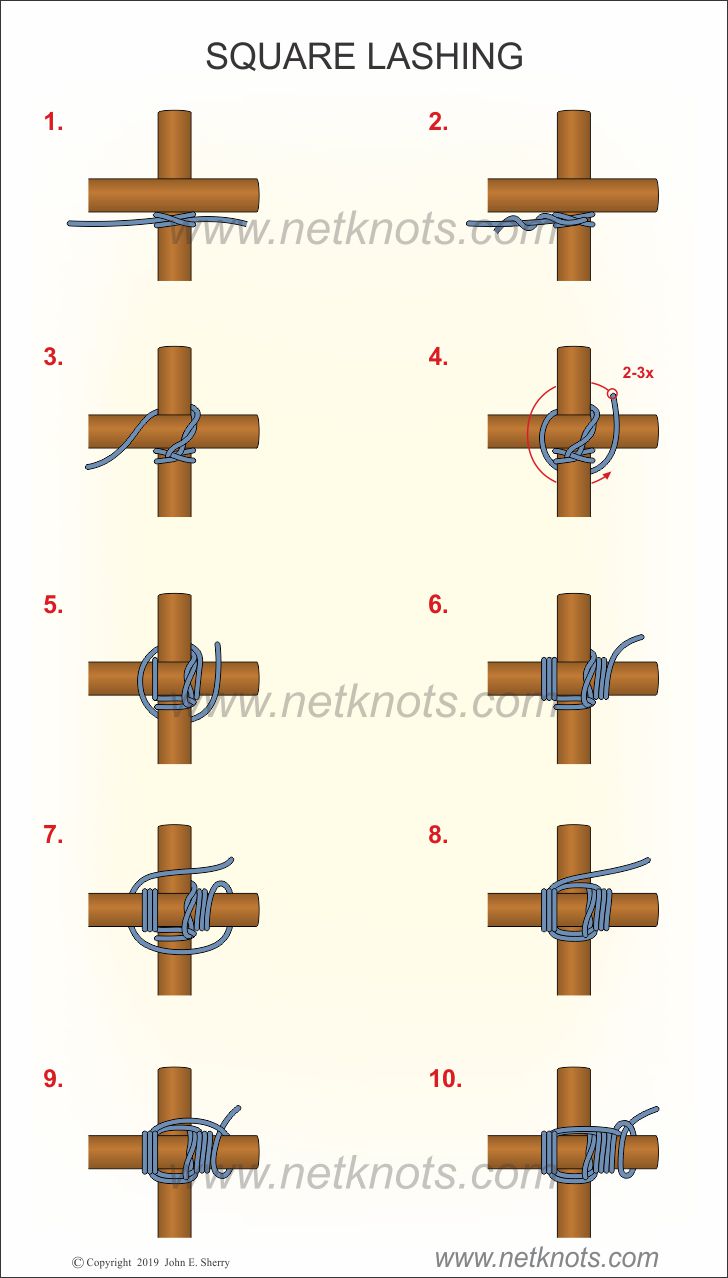
Term 3 : Week 8 & 9
Double Fisherman's Knot
The double fisherman's knot, also known as the grapevine knot uses two double overhand knots in their strangle knot form, one tied around the standing part of the other.
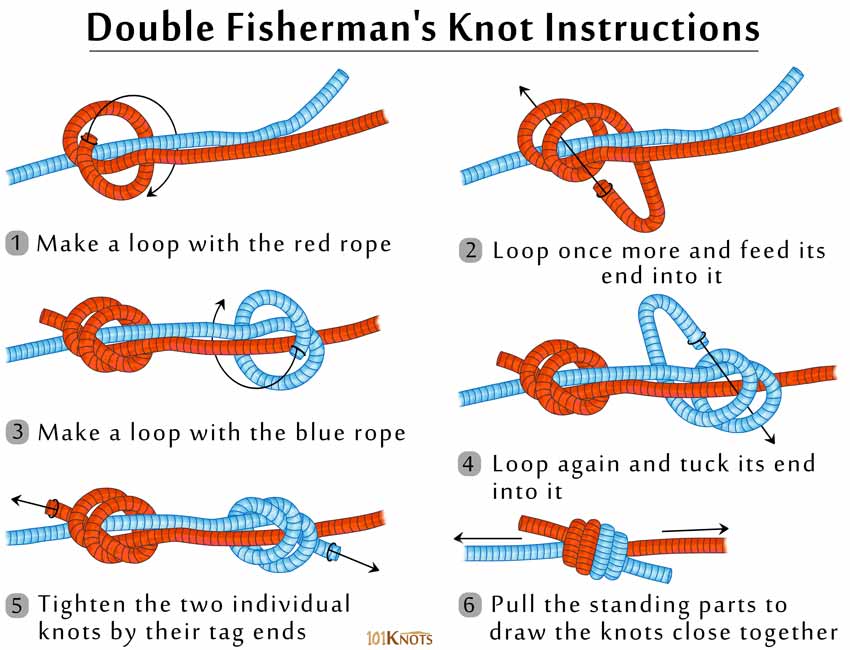
Diamond Knot
The diamond knot is used to make a fixed, decorative loop at the middle of a cord that could be a lanyard, paracord, leather, rope, etc. It is also known by the names Bosun's whistle, lanyard and knife lanyard knots. The two strand knot that is implemented here in a single strand can be made with two ropes or a single rope. Though it looks hard to tie at first, it becomes easy and quick with practice.
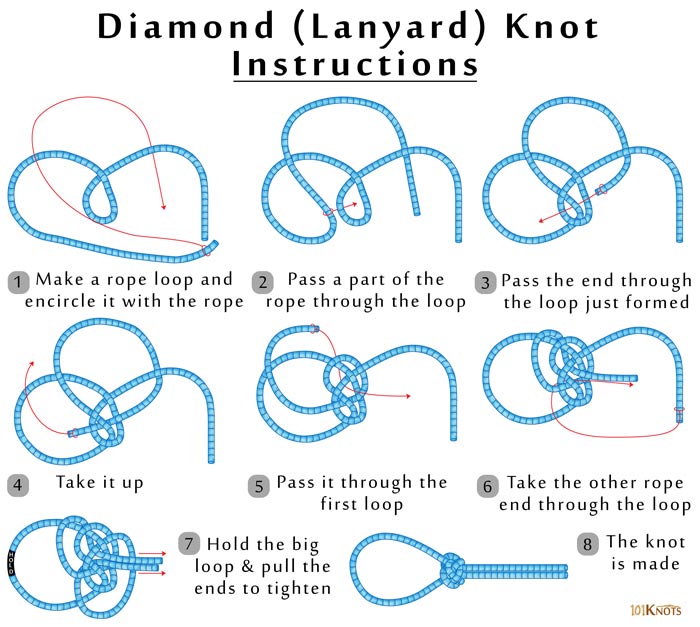
Knot of the Week
Term 3 : Week 7
Timber Hitch
The timber hitch is a knot used to attach a single length of rope to a cylindrical object. Secure while tension is maintained, it is easily untied even after heavy loading.
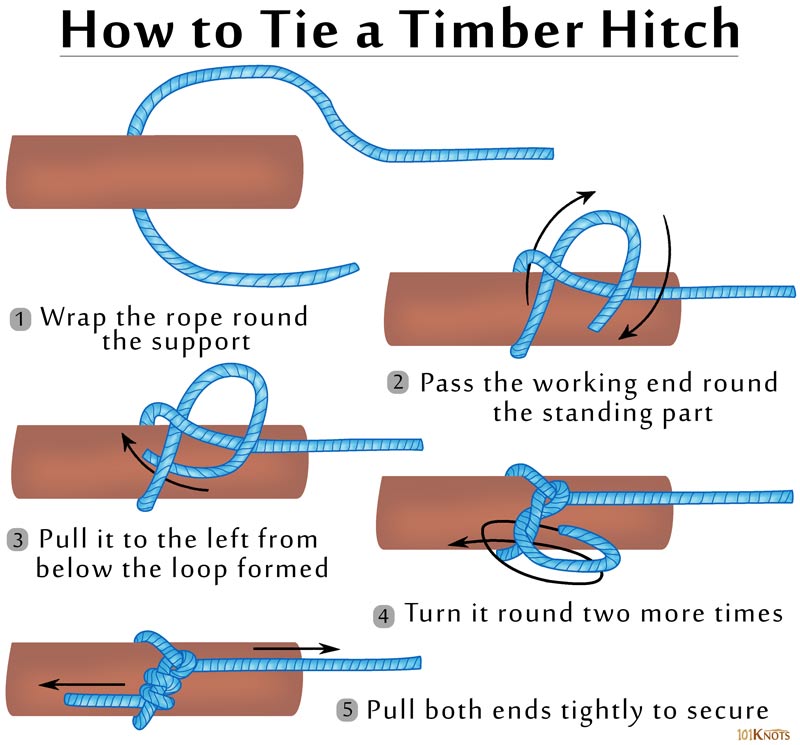
Term 3 : Week 6
Alpine Butterfly
A useful midline knot, the butterfly knot has its uses in glacier travel and rock climbing, where it is often used to tie the climber in the middle. It is also known as the Alpine butterfly knot and Lineman's loop.
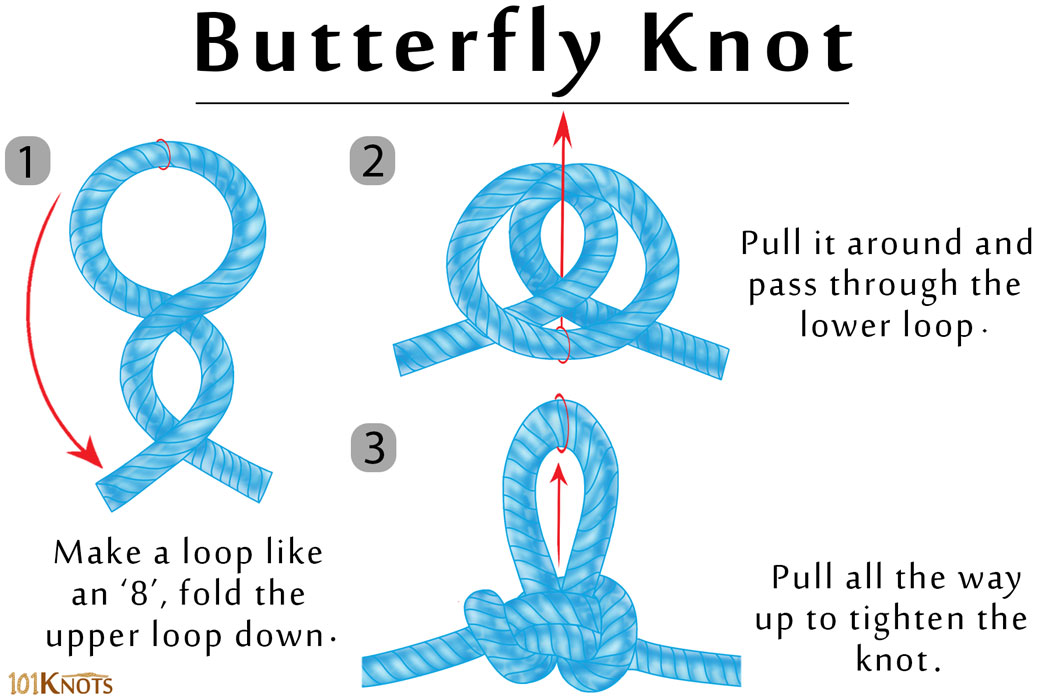
Term 3 : Week 5
Carrick Bend
The Carrick bend, also known as the Sailor's breastplate, is a knot used for joining two lines. It is particularly appropriate for very heavy rope or cable that is too large and stiff to be easily formed into other common bends. It will not jam even after carrying a significant load or being soaked with water.
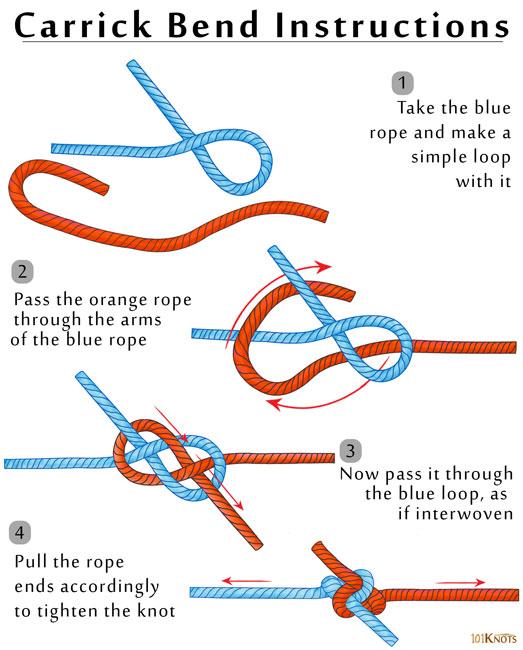
Term 3 : Week 4
Bowline
The Bowline is a simple knot used to form a fixed loop at the end of a rope. It has the virtues of being both easy to tie and untie; most notably, it is easy to untie after being subjected to a load.
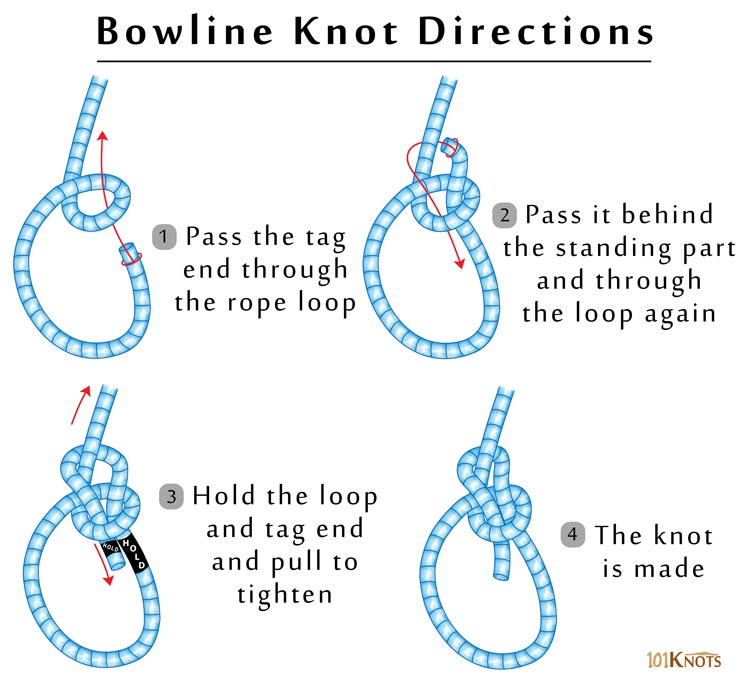
Term 3 : Week 3
Reef Knot
The reek knot can join 2 ropes of the same size.
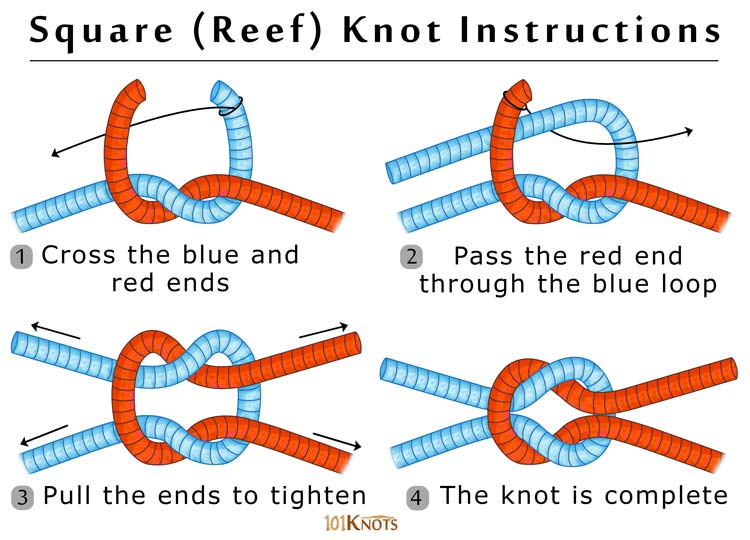
Sheet Bend
The Sheet Bend is used to join piece of rope of different size.
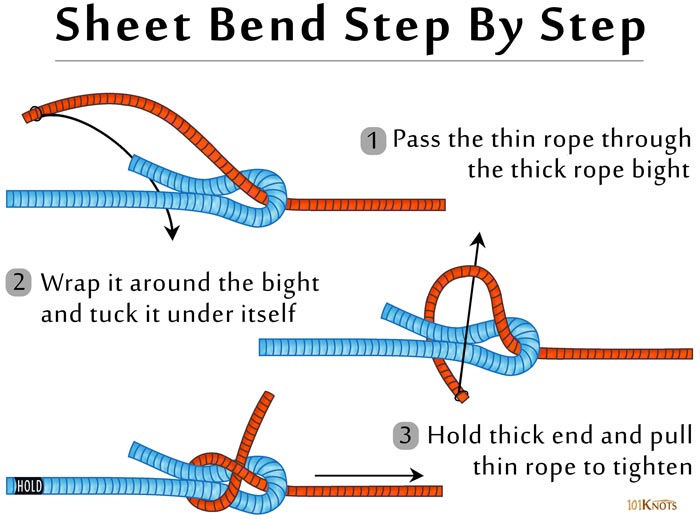
Term 3 : Week 2
Rolling Hitch
The rolling hitch is a knot (or Magnus hitch) used to attach a rope to a rod, pole, or another rope.
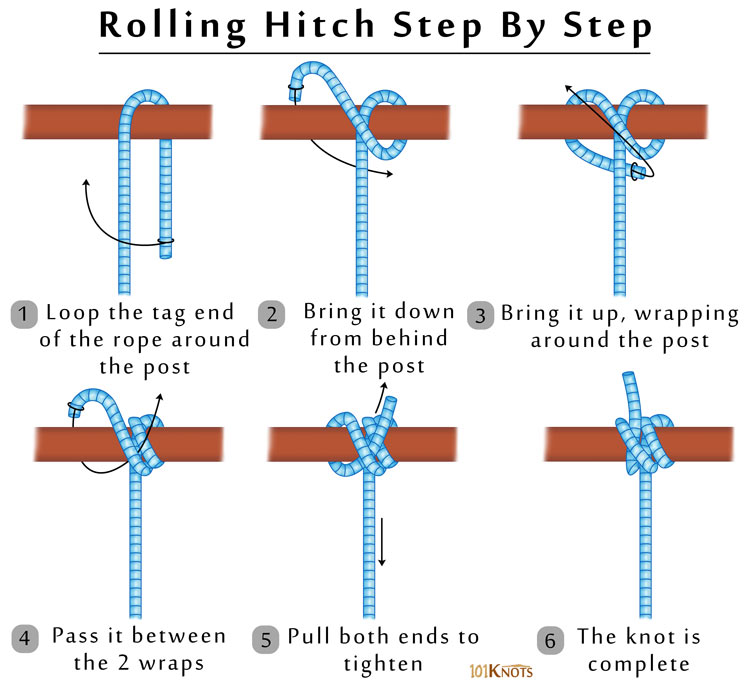
Clove Hitch
The clove hitch is an ancient type of knot, made of two successive single hitches tied around an object.
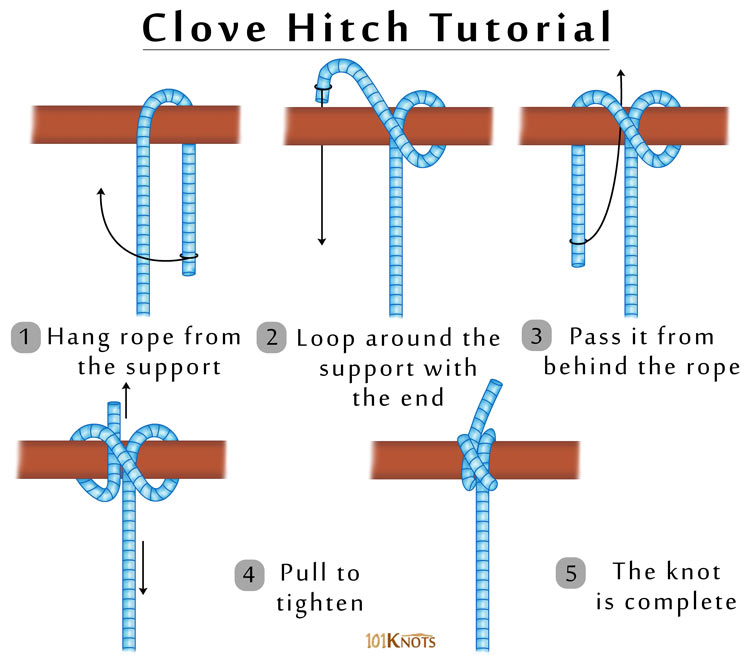
Term 3 : Week 1
The Figure of 8
The figure-eight knot or figure-of-eight knot is a type of stopper knot. It is very important in both sailing and rock climbing as a method of stopping ropes from running out of retaining devices.
Links to instructions and variations on the figure of 8 knots
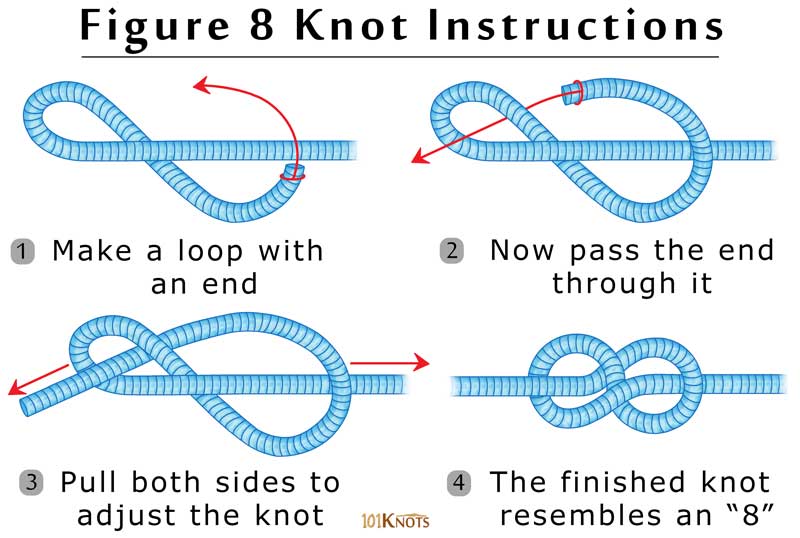
RIGHT

